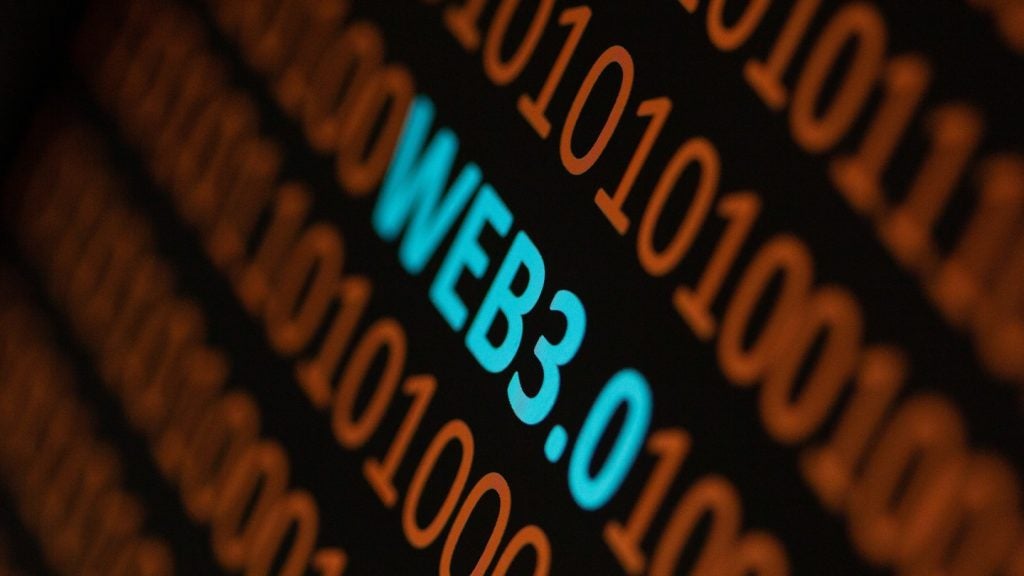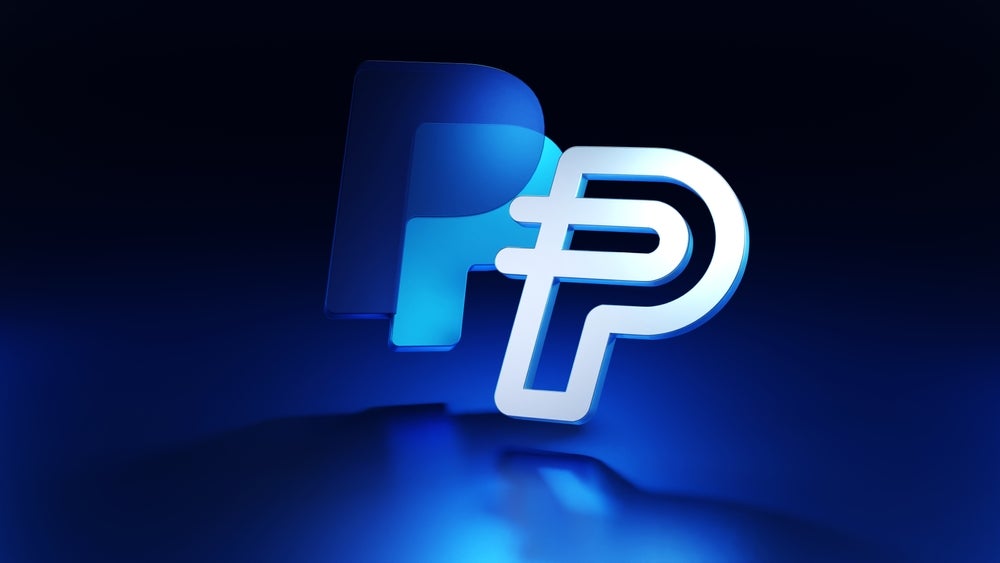As we prepare to move into a new calendar year, we asked key industry figures how they think the payment industry will evolve in 2013. The overriding theme revolves around the impact of new technologies, but opinions from across the payments sector vary significantly, writes Zak Garner-Purkis
The payments industry has had an exciting 2012, and many new technologies have been developed and tested: NFC, contactless and mobile payments are some of the major technologies championed and challenged in equal measure. However, many in the industry have become more cautious and believe adoption will take longer than expected.
Ambitious predictions have been made around prepaid and alternative payment methods. And fraud is seen as an increasingly worrying issue, with attacks expected to escalate in terms of frequency and significance.
However, knowing what will reach its tipping point in 2013 is difficult to predict and the major events may turn out not to be technological, but the preparations for the SEPA regulation or an unforeseen security breach.
For banks, predictions for 2013 are routed in new products and market shifts; for software vendors the debate is fierce about what technology will take off, whilst consultants have some arresting and very pessimistic assessments about the potential outcomes of SEPA.
Of course there is the strong possibility that the new year will produce no definitive answer and this time next year much we’ll hear similar dramatic predictions that have yet to materialise or be debunked. But, for that, we will have to wait and see.
How well do you really know your competitors?
Access the most comprehensive Company Profiles on the market, powered by GlobalData. Save hours of research. Gain competitive edge.

Thank you!
Your download email will arrive shortly
Not ready to buy yet? Download a free sample
We are confident about the unique quality of our Company Profiles. However, we want you to make the most beneficial decision for your business, so we offer a free sample that you can download by submitting the below form
By GlobalDataThis is what some key industry spokespeople see coming in the next 12 months…
Jerry Norton, head of banking, Logica
"Being able to pay from of your bank account rather than your card account and enabling that on a mobile device will have a revolutionary effect on the market and there are a number of people looking at exactly that method of payment.
Today, payments on a website are card orientated because the banks promote cards. However, there’s no reason why there could not be a button on that says ‘pay by my bank account’. If that is enabled in a mobile world, effectively you have a MyBank capability and you can make e-payments on a mobile handset.
This is a huge change that is going to come in that marketplace and what’s more it can be offered to a corporate. Either so, it can make its own payments to the bank, or offer those services to its customers or clients."
Bob Lyddon, Owner, Lyddon Consulting
"In 2013, it will become apparent that the scope of the SEPA migration will leave many payment schemes from the legacy world either untouched or not moving until 2016. Even to achieve the more limited migration by 2014, different countries will have to include an extra data beyond the EPC deadline, in the form of Additional Optional Services (AOS). These uncertainties, combined with the late start on work by users, will compress the time available for IT development, process change and design. Preventing an adequate testing phase, this is a high risk strategy.
If they plough on with it, there is a high risk of systemic disaster. This could result in payment systems going down. If it were to happen on the Friday before a weekend which was also a month end, it would mean no salaries or pension/social payments could be made by credit transfer for many days, and no local taxes/utility/telephone charges could be collected."
Daragh O’Byrne, chief marketing officer, BPC Banking Technologies, BPC Group
"I don’t believe that NFC is going to be anywhere near as big as people think its going to be, in the next 12 or 18 months. This is for three reasons: firstly, the fact that many people still don’t know how to use it needs to be overcome, which will take a huge marketing effort and education.
Then there is going to have to be a technology roll out across hundreds of thousands of different points of sale in order to be able to use the devices. We know that NFC readers are being rolled out, but it is still far from ubiquitous.
The third obstacle is probably the biggest one. Even if the other two issues are solved, there is still an issue when the customer approaches a point-of-sale and is faced with the choice of payment method: cash, card or their phone. Lots of people don’t use cash anymore, particularly on self-service machines, but when it comes down to card versus phone I believe it is still easier to use the card.
You have to take your phone out of your pocket, probably have to swipe it to unlock it, enter some kind of PIN number in order to get into an application and then choose what kind of mechanism you will use to pay it, and then you tap it to pay.
We are not going to get rid of the physical wallet anytime soon, maybe someone will come up with something new which will make give the consumer a reason to do it: to collect points, discounts, rewards at the POS or targeted offers. If something like that comes along, then we’ll see the adoption. But until then, I think we’ve got a technology in search of a problem."
Ather Williams, managing director, head of global payments & foreign exchange, global treasury solutions at Bank of America Merrill Lynch
"I expect to see acceleration in the acceptance of electronic payments, the migration from paper to electronic payments. Particularly in North America, and there continuing around the world.
We are used to moving towards doing more things online than ever before, be that through a smartphone or a simple text message. So I think there has been a leap in expectations, coupled with the fact that by 2013 the US will make social benefit payments, social security, medicare, medicaid, tax refunds all electronic.
That is going to push a lot of people over the edge, the last pocket of resistance: now you have to get paid that way, in a direct deposit to an account, if you do not have an account then I think that’s the last thing that is going to break down the walls.
Lots of people don’t know their account information and this is going to be the challenge both in the US and in Europe, as there’s a real reticence to giving that up.
We can route payments using just a cell phone number, an email address and a PIN but I think there will be a lot of friction in adoption. Because payments at its core is a two-sided market: when moving from cheque to electronic payment a consumer’s willingness to give up their information can conflict with the payer’s intention to store that information."
Mike Fromant, group managing director, Contis Group
"We will see an increase in the number of merchant-branded payment cards launching with their own loyalty schemes bolted on. In 2013 big merchants will continue to explore new revenues generated from their customer data.
A merchant branded payment card offering cash back and/or rewards on purchases is a shrewd product for brands wanting to track spending habits while encouraging regular and repeated spend in their stores. Next year, more retailers will move to get a piece of this action.
There is no doubt that 2013 will see an increase in the number of consumers using this prepaid payment cards to earn rewards and cash back. As the numbers of individuals excluded from the traditional banking system continues to increase in 2013, more brands will enter this area of loyalty in a bid to attract customers."
Philippe David, chief executive, Welcome Real-time
"Alternative payment schemes will make further inroads into the traditional bricks-and-mortar payment space and are likely to further disrupt the existing business model of many payment providers.
Reduced interchange fees will entice merchants to move over and alternative providers will expand upon the complimentary value-added services such as loyalty and promotional platforms that are often provided to the merchant.
Digitals wallets are likely to feature heavily in 2013, with major players competing to shift consumers and merchants alike onto their respective platforms.
Consumer adoption is likely to increase once the focus has moved to the significant fraud exposure reductions that can be effected by locking away the inherently insecure payment card inside a secure digital wallet."
Richard McMurdo, principle consultant at Talaris
"Over the past year, the media hype around mobile technology, contactless payments and a cashless society has continued to dominate the headlines. However, when you take a closer look, it is clear that while digital transactions may have their place, cash remains at the heart of bank branch operations as a payment method of choice for consumers.
Looking ahead to 2013, the need for bank branches to run efficiently will be a key priority, and we will see banks moving to more sophisticated cash forecasting systems to achieve this. Fitness sorting devices, note counting devices and currency sorters will be linked to central cash forecasting systems.
Systems such as Fiserv’s Integrated Currency Manager will process this information and give accurate forecasts, allowing banks to reach new levels of insight. So the daily levels of customer cash deposits and withdrawals can not only be predicted before they happen, but the branch manager will know how much cash will be recycled, and can make informed decisions about the number of CIT visits needed, if any at all.
2013 will be the year we see bank branches operating in a smarter and more integrated way, using real time data to inform the cash cycle, drive efficiencies and improve the overall customer experience in branch."
Pat Carroll, chief executive, ValidSoft
"In 2012, we have seen an increasing number of sophisticated attacks made on a range of organisations in an attempt to capture consumer information. In 2013 we should not only expect such attacks to escalate in terms of frequency and significance, but for traditional defence technologies to provide little resistance.
I believe that in the UK we will see an increase in losses attributable to hijacked SMS messages if banks continue to use the medium as a supposedly secure transport mechanism without the appropriate defence mechanisms in place.
"Using the customer’s mobile phone as an authentication and transaction verification device is entirely sound, but what’s needed is a layered approach based on voice rather than SMS, and combining visible and invisible security checks such as call-forward and SIM Swap detection. I believe the message is getting out there but 2013 will still see increased losses due to SMS vulnerability."
"I personally believe that 2013 will herald a faster transition to mobile payments than analysts are currently predicting. Traditional transaction methods remain woefully inadequate to meet the needs of both the world’s large under-banked population and those who are demanding even greater convenience from their banks. Mobile opens up a host of possibilities to address both needs."
Alan Moss, Verifone vice president of marketing for the Western Europe, Middle East and Africa region
"We’re getting to a tipping point on contactless acceptance in the main European markets. We’ll see that starting to move into the NFC area, which will probably be the initial NFC proper deployments. There will be an increased take up of tablet and iPad retailing and certainly we see a lot of major retailers who now have mobile POS plans and are looking to implement them.
Chip-and-PIN and contactless will continue for face-to-face payments. If you’re paying on a Smartphone it’s very difficult to enter your data and then to go into security procedures like 3-D secure, there are too many friction points for the consumer and they’re used to a face to face environment, giving someone their card and doing a chip-and-PIN transaction. The card associations are keen to keep the distinction between face-to-face payment and what is an ecommerce transaction".






